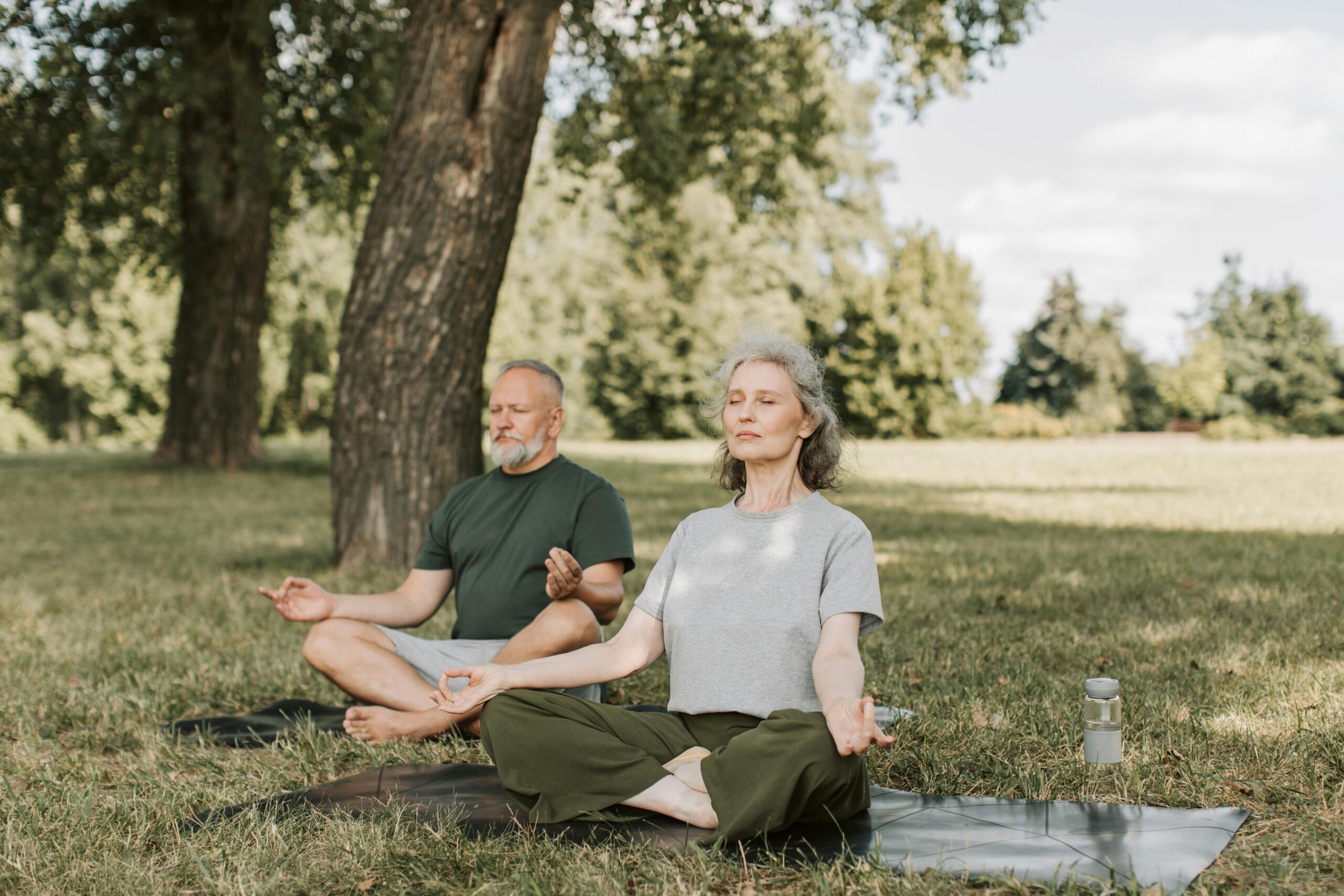Stress is a natural part of life, but in today’s fast-paced world, it often feels like a constant companion. Deadlines, traffic, financial pressure, and even social media can keep our minds in overdrive, triggering anxiety and tension. The good news? One of the most powerful tools to calm stress is something you already have — your breath.
Breathing exercises are simple, free, and can be practiced anywhere — at home, at work, or even in the middle of a crowded train. Just a few minutes of conscious breathing can lower your heart rate, reduce blood pressure, and help you regain control of your emotions.
In this blog, we’ll explore the science behind why breathing works, the best stress-reducing techniques, and how you can start practicing them immediately.
Why Breathing Helps Reduce Stress
When we’re stressed, our body activates the “fight or flight” response, releasing hormones like cortisol and adrenaline. This makes the heart race, breathing shallow, and muscles tense — preparing us to deal with danger. While helpful in emergencies, chronic activation of this response can harm our physical and mental health.
Deep, controlled breathing activates the parasympathetic nervous system (the “rest and digest” mode). This:
- Slows down heart rate
- Relaxes muscles
- Balances oxygen and carbon dioxide levels
- Sends signals to the brain that it’s safe to relax
In other words, intentional breathing can flip the switch from stress mode to calm mode.
5 Powerful Breathing Exercises to Reduce Stress Instantly
1. Box Breathing (4-4-4-4 Technique)
Used by Navy SEALs to stay calm under pressure, box breathing is highly effective for stress relief.
How to do it:
- Inhale through your nose for 4 counts.
- Hold your breath for 4 counts.
- Exhale slowly through your mouth for 4 counts.
- Hold again for 4 counts.
Repeat this cycle for 3–5 minutes. It creates balance and helps you regain focus.
2. 4-7-8 Breathing (Relaxation Breath)
Popularized by Dr. Andrew Weil, this method is excellent for calming anxiety and even aiding sleep.
How to do it:
- Inhale quietly through your nose for 4 counts.
- Hold your breath for 7 counts.
- Exhale completely through your mouth for 8 counts.
Practice this 4 times in one sitting. It slows the heart and promotes deep relaxation.
3. Diaphragmatic Breathing (Belly Breathing)
Instead of shallow chest breathing, diaphragmatic breathing encourages fuller breaths, increasing oxygen supply.
How to do it:
- Sit or lie down comfortably.
- Place one hand on your chest and the other on your belly.
- Inhale deeply through your nose so your belly rises (not your chest).
- Exhale slowly through pursed lips and feel your belly fall.
Do this for 5–10 minutes for instant calm.
4. Alternate Nostril Breathing (Nadi Shodhana)
A yogic practice that balances the left and right hemispheres of the brain, reducing stress and improving focus.
How to do it:
- Sit comfortably with a straight spine.
- Close your right nostril with your thumb and inhale through the left nostril.
- Close your left nostril with your ring finger and exhale through the right.
- Inhale through the right, then exhale through the left.
Repeat this cycle for 5 minutes. It’s especially helpful before important meetings or exams.
5. Lion’s Breath (Simhasana)
A powerful stress reliever that releases tension from the face and jaw.
How to do it:
- Sit upright and take a deep breath in through your nose.
- Open your mouth wide, stick out your tongue, and exhale forcefully with a “haaa” sound.
- Relax and repeat 3–5 times.
It might feel silly at first, but it leaves you feeling lighter and more relaxed.
When to Use Breathing Exercises
- At work: Before presentations, meetings, or during stressful tasks
- At night: To unwind before sleep
- During conflict: To stay calm and respond instead of react
- After workouts: To help your body return to rest mode
- Anytime: You feel overwhelmed, anxious, or irritable
Tips to Make Breathing Exercises a Habit
- Start small – Just 2–5 minutes daily can make a difference.
- Pair with triggers – Practice when you wake up, during coffee breaks, or before bed.
- Use reminders – Set alarms or use breathing apps to stay consistent.
- Create a calm space – Even a quiet corner helps reinforce the habit.
- Be patient – Like any habit, consistency is key to long-term benefits.
Final Thoughts
You don’t need expensive tools, therapy sessions, or a lot of time to manage stress effectively. Your breath is always with you — it’s free, accessible, and incredibly powerful. By practicing even one of these breathing techniques daily, you can lower stress, improve focus, and cultivate a sense of calm that carries into every aspect of your life.









